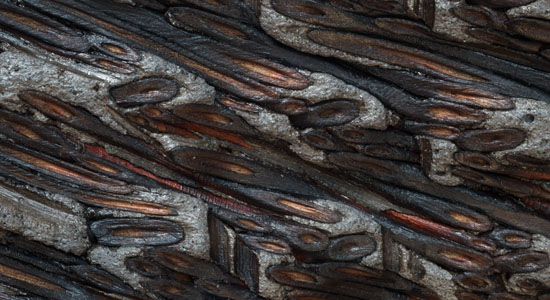
2kt Klaus Titze TURNING TORSO willow, burnt fiber cement 29″ x 13.5″ x 13.5″, 2011, photo by Tom Grotta
- Titze’s work has appeared at Grønbechs Gard, Bornholm, Denmark (solo exhibition); Roskilde City Hall, Denmark; Grassi Museum Leipzig, Germany; the National Crafts Council, Kilkenny, Ireland; Trapholt Museum, Kolding, Denmark; Landart Lolland-Falster, Denmark; Munich, Germany; Wayne Art Center, Pennsylvania. He received the Best One-of-a-Kind Object, award at the Arts and Crafts Fair, Copenhagen, Denmark and the Bavarian State Prize, Meister der Moderne, Munich, Germany.



